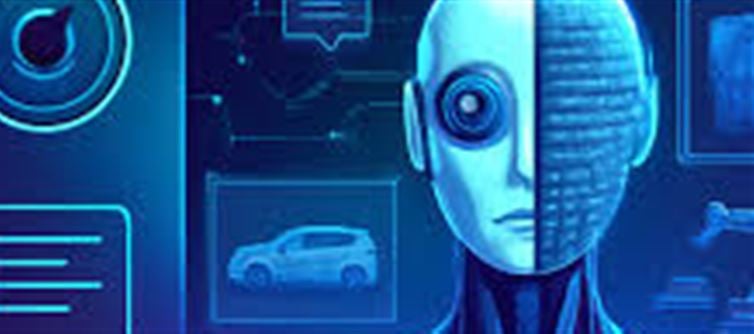
The fusion of visual recognition and natural language understanding has transformed artificial intelligence. Vision-language models in 2025 are powering incredible advancements—from diagnosing diseases to creating art and enhancing robotics. Here’s a rundown of the most groundbreaking models shaping our world:
1. GPT-4 Vision (OpenAI)
Building on the language prowess of GPT-4, this model integrates image recognition with conversational abilities, enabling tasks like describing images, answering questions about visuals, and generating context-aware captions.
2. CLIP (Contrastive Language–Image Pretraining) by OpenAI
CLIP understands images and their textual descriptions together, enabling zero-shot learning where the model can recognize objects or concepts without explicit training examples—a game-changer for image classification.
3. DALL·E 3
Combining language prompts with image generation, DALL·E 3 produces highly detailed and creative visuals from textual descriptions, revolutionizing content creation, design, and entertainment industries.
4. BLIP (Bootstrapping Language-Image Pre-training)
This model excels at vision-language tasks like image captioning, visual question answering, and image retrieval, providing enhanced accuracy with fewer training data requirements.
5. Florence (Microsoft)
Microsoft’s Florence model specializes in understanding complex scenes by linking visual content with language, making it a key player in applications such as medical imaging and autonomous systems.
6. ALIGN (Google)
ALIGN aligns images and text embeddings to facilitate large-scale cross-modal retrieval and understanding, useful in e-commerce, wallet PLATFORM' target='_blank' title='digital-Latest Updates, Photos, Videos are a click away, CLICK NOW'>digital asset management, and AI-powered search.
7. UniT (Unified Transformer for Vision and Language)
UniT combines different vision-language tasks into a single framework, allowing seamless adaptation across domains like captioning, object detection, and VQA (Visual Question Answering).
8. VisualGPT
Fusing GPT’s language generation with visual inputs, VisualGPT generates detailed textual content based on images and can assist in storytelling, education, and accessibility tools.
9. M6 by Alibaba
A versatile multimodal AI, M6 can process text and images jointly, supporting applications in customer service, marketing automation, and smart retail.
10. Florence-CLIP Hybrid
By combining strengths of Florence and CLIP, this hybrid model offers robust visual comprehension with powerful language grounding, ideal for next-gen AI assistants.
Why Vision-Language Models Matter in 2025
· Healthcare: Assisting in image-based diagnosis and patient interaction.
· Robotics: Enabling robots to interpret and act on visual and verbal commands.
· Autonomous Systems: Improving perception and decision-making.
· Content Generation: Creating compelling visuals and narratives.
· Assistive Tech: Helping visually impaired users understand their surroundings.
Final Thought
Vision-language AI is no longer science fiction—it’s a vital tool transforming industries and everyday life. Staying updated with these leading models will keep you ahead in the AI revolution of 2025 and beyond.
Disclaimer:
The views and opinions expressed in this article are those of the author and do not necessarily reflect the official policy or position of any agency, organization, employer, or company. All information provided is for general informational purposes only. While every effort has been made to ensure accuracy, we make no representations or warranties of any kind, express or implied, about the completeness, reliability, or suitability of the information contained herein. Readers are advised to verify facts and seek professional advice where necessary. Any reliance placed on such information is strictly at the reader’s own risk..jpg)




 click and follow Indiaherald WhatsApp channel
click and follow Indiaherald WhatsApp channel